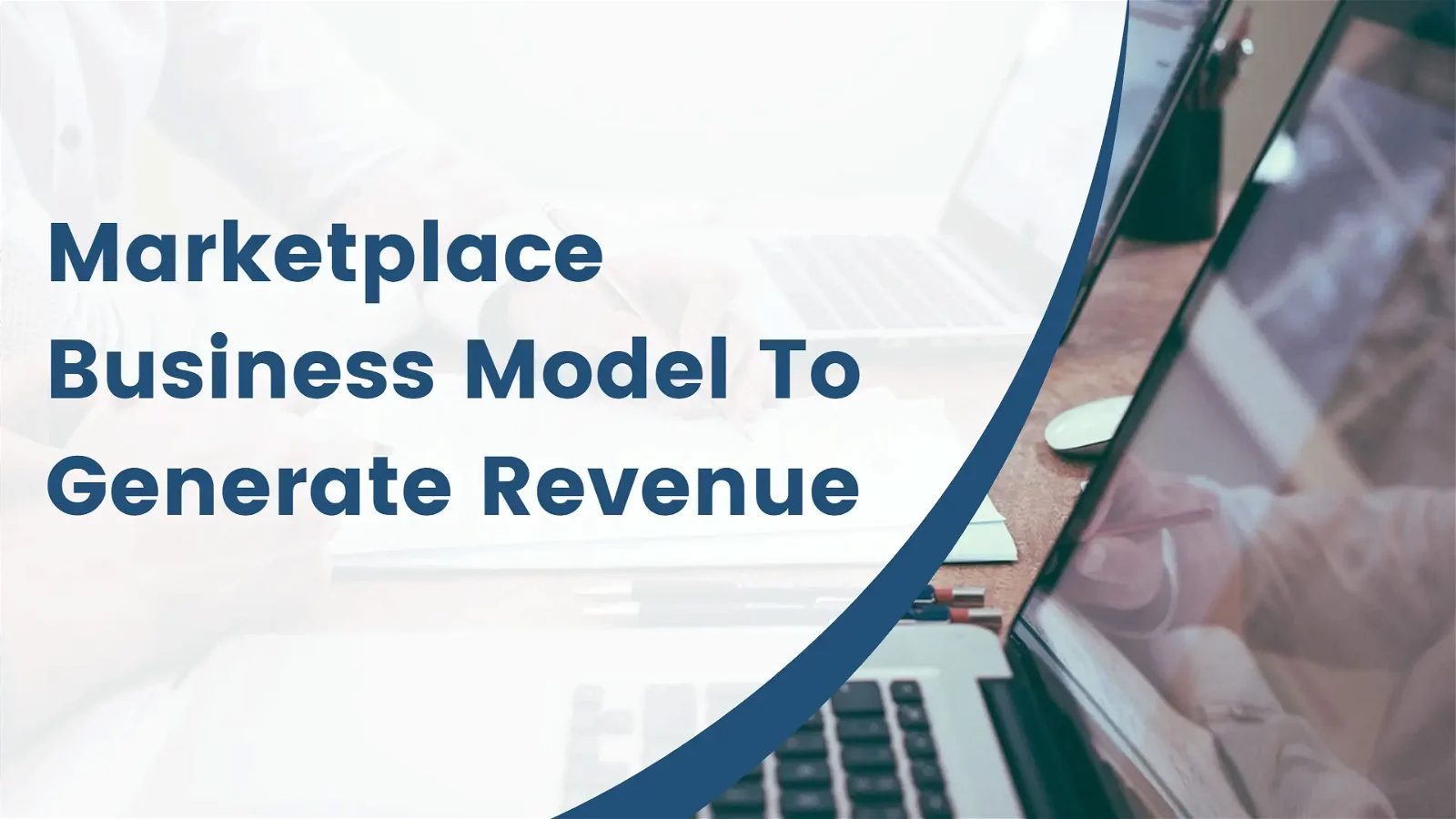The trend of owning an online marketplace business model has grown significantly over the last few years. You can find a marketplace for almost anything with a simple search on Google. However, to build a successful marketplace, you need to start generating revenue out of it. In this article, we have compiled a list of 7 marketplace business models to help you generate revenue and turn your online marketplace into a successful business! So let’s jump right into it!
Sign-up fees: A sign-up fee is a flat payment collected from your sellers when they apply to sell through your marketplace business model platform. Collecting a sign-up/registration fee is probably the most straightforward way to start generating revenue. Most sellers do not have a problem paying a small amount to join a budding marketplace platform. If you have a valid business idea, convincing your sellers to pay a sign-up fee wouldn’t be a major problem.
Tips for making the sign-up fee business model work:

- Ensure that the sign-up fee is affordable and reasonable for your sellers.
- Explain the benefits that your sellers will gain by signing up with your platform.
- Offer incentives to the first few sign-ups. This will make your sellers want to sign-up at the earliest.
- Offer a personal approach to the sellers signing up with your platform.
Subscription with recurring payments: Subscriptions are a small amount that your users pay regularly to keep being associated with your marketplace business model. It is a great way to keep your business funded and consistently evolving over a longer period of time. Charging a subscription fee will let you keep your product maintained and improving, provided your users think it is worth paying for. Moreover, subscriptions make it possible to split a large amount into multiple smaller amounts, which makes it affordable for the users. As long as your users are getting more value out of your services than it costs for the subscription, they will keep paying.
Tips for making a subscription business model work:
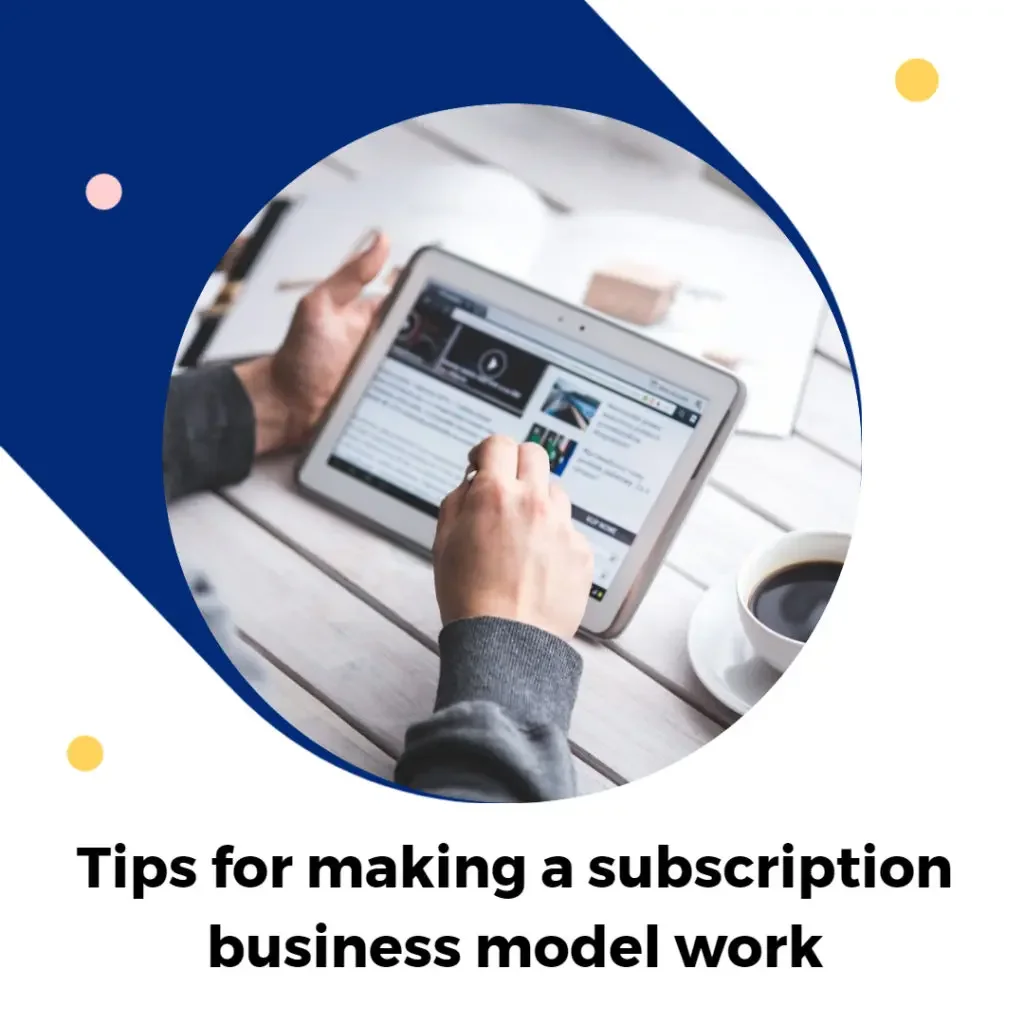
- Offer a free trial to gain trust.
- Describe in detail everything that the users get when they pay for your subscription.
- Ensure your users are getting more value than it costs to keep the subscription active.
- Try to keep your users engaged with the subscription.
- Offer incentives for larger payments at once.
Selling fees: This is probably the most popular marketplace business model. Here, you basically get a small share of every sale that is made via your platform. This can be done in 3 ways – direct selling fees, percentage selling fees, or a combination of both. If your payments are directly going to the sellers, you can invoice your seller at the time of the sale, or at regular intervals. This completely depends upon the mutual understanding between you and the seller. In the case of aggregated payments, where your platform collects the payments from the customers and then distributes them to the sellers, you can keep track of the selling fees owed by the sellers. This amount can be collected by you while handing out the payouts to the seller.
Tips to make the selling fees business model work:

- Selling fees don’t have a significant impact on your revenue in the initial stages of the business. It will start showing results once your sales numbers start to grow.
- Lower selling fees might seem great to your sellers, but they might not be sustainable for your business.
- Make sure you take your processing fees into account while implementing the selling fees business model.
Processing fees or transaction fees: This is similar to selling fees, but more! In the selling fees marketplace business model, you only get a cut out of the order at the time of the sale. Whereas with processing fees you can get a small share of all payments that happen on your platform. This includes sign-up and listing payments, recurring membership payments, payments from advertisers, etc.
Tips to make processing fees business model work:
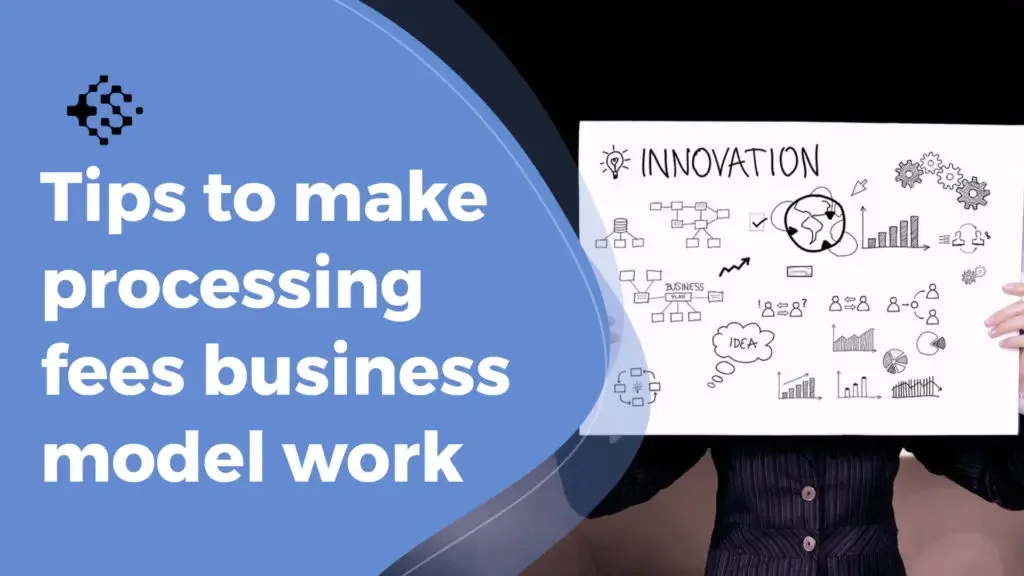
- Just like selling fees, processing fees will earn your marketplace a great amount of money when it is scaling up.
- Not all your sellers will be happy with the decision to include this business model in your project.
Product listing fees: Product listing fees are when you get a flat or variable amount from your seller when they list their products on your platform. You can collect product listing fees in several ways like per product fees, a percentage of the product’s listing price, or category-based fees. You can collect product listing fees for individual products or combine multiple products and create a single invoice.
Also Read: 12 Keys To Building A Successful Online Community
Tips to make the product listing fees business model work:
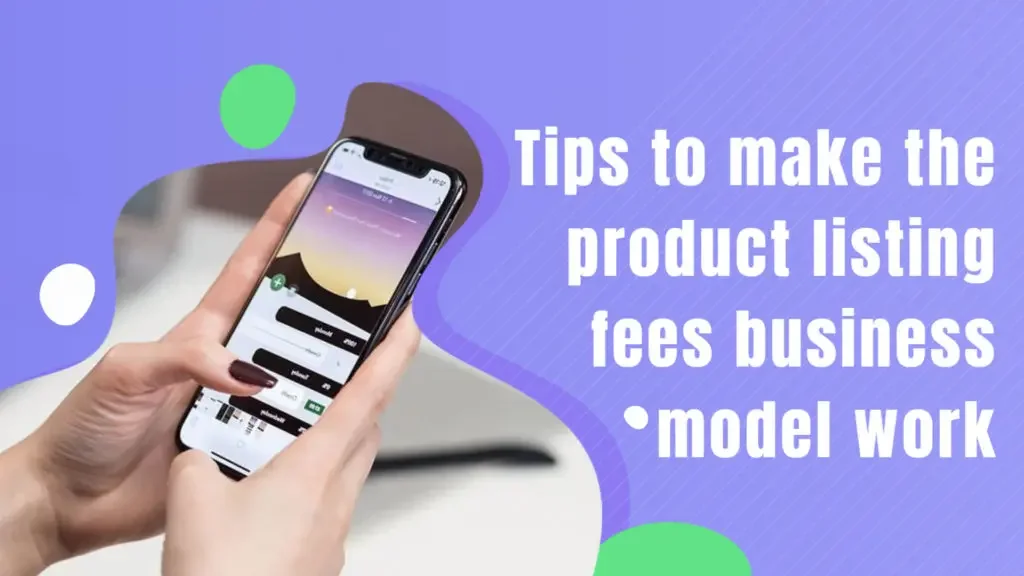
- Make it easy for the sellers to pay the listing fees.
- Try to convince your sellers as to why it is beneficial for them to list their products on your platform. You can add previous statistics in the process.
- Consider maximum fee caps if you are working with expensive products.
Ads from third-party advertisers: In this marketplace business model, you have several ad placements and charge the advertisers to publish their ads. Here, you allow third-party advertisers to promote their products or services on your marketplace platform. Even here, you can collect the payments in multiple ways like cost-per-impression, cost-per-click, cost-per-post, or cost based on time. You can use in-house ad software, third-party services like AdSense, or manage ads manually while implementing this business model.
Tips to make the ads business model work:
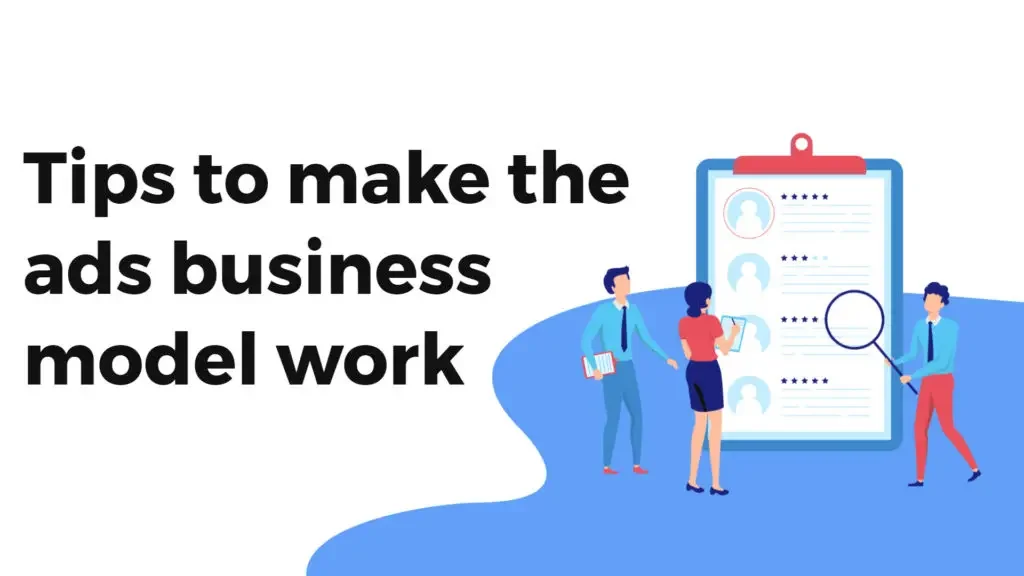
- Ads can get annoying and drive customers away from your platform.
- Make sure you control the content being promoted by third-party ads.
- If you want to manage the ads manually, you will need a good technical team working behind them.
Affiliates and referrals: Running affiliates and referral systems on your marketplace business model platform will increase your customer base and thus generate more revenue for your business. You can use either of these methods or both of them simultaneously, based on your software capabilities and business requirements. The main difference between the two is that in affiliate marketing, third-party advertisers promote your platform/ products, whereas, in referral marketing, existing members refer new visitors to your platform. Based on studies, potential customers tend to trust referrals more than affiliates.
Tips to make affiliates or referrals work:
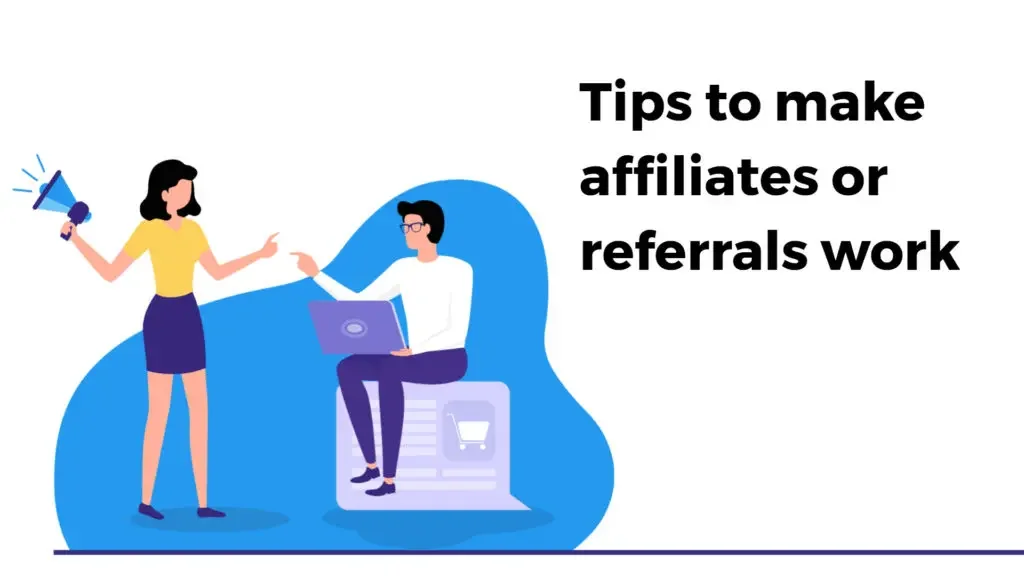
- If your existing customers are happy with your products and services, referrals will bring a lot more customers to your marketplace than affiliates.
- Keep in mind the fees and revenue sharing before using third-party advertisers to promote your platform/products.
- Building your referral system from the scratch can be a complicated process during the beginning stages of your marketplace.
To sum up:
All you have to do now is pick one or a combination of multiple business models that you think might work best for your online marketplace platform. Thank you for reading and all the best!
Interesting Reads:
Start An Online Tutoring Business And Reap Rich Dividends
Make Your Freelance Business Thrive By Specializing In Membership Sites

